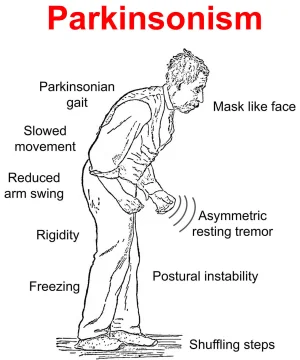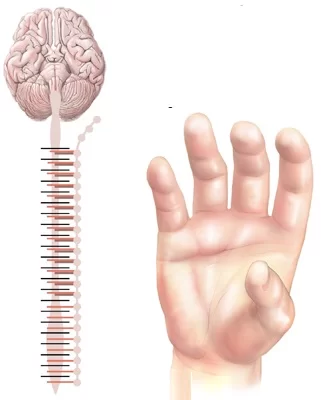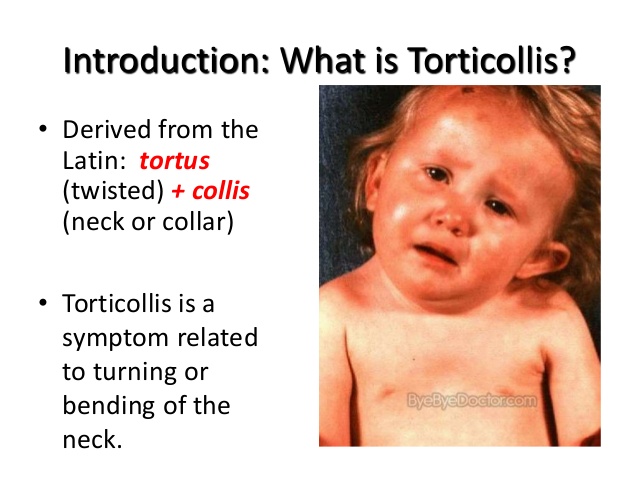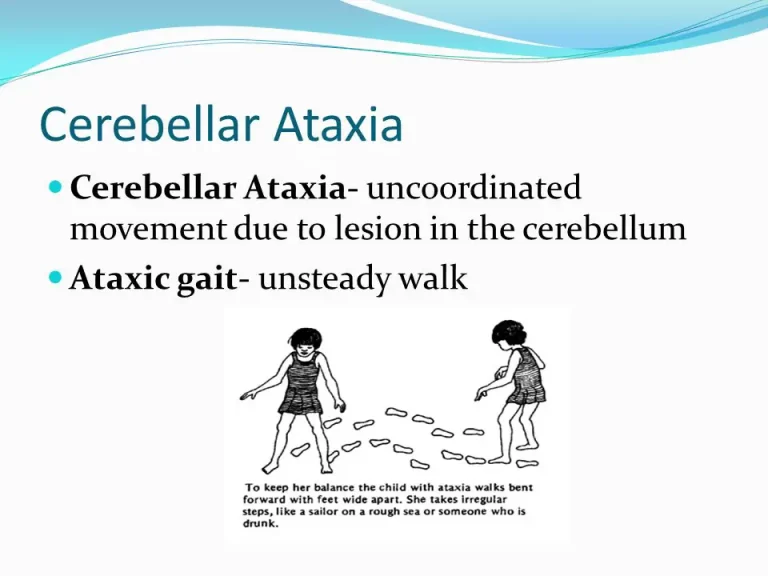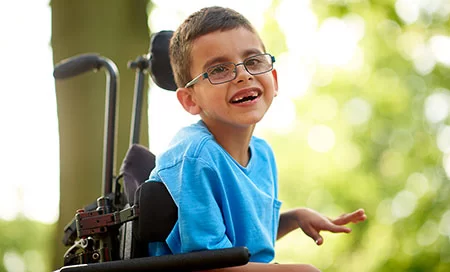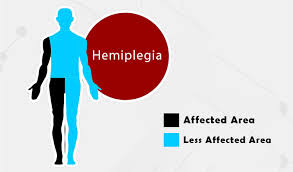Rotator Cuff Injuries: Physiotherapy Treatment, Exercise
A Rotator cuff injuries is a tear of one or more of the tendons of the four rotator cuff muscles of the shoulder. A rotator cuff ‘injury’ can include any type of irritation or overuse of those muscles or tendons and is among the most common conditions affecting the shoulder. Anatomy of Rotator cuff lesion…


